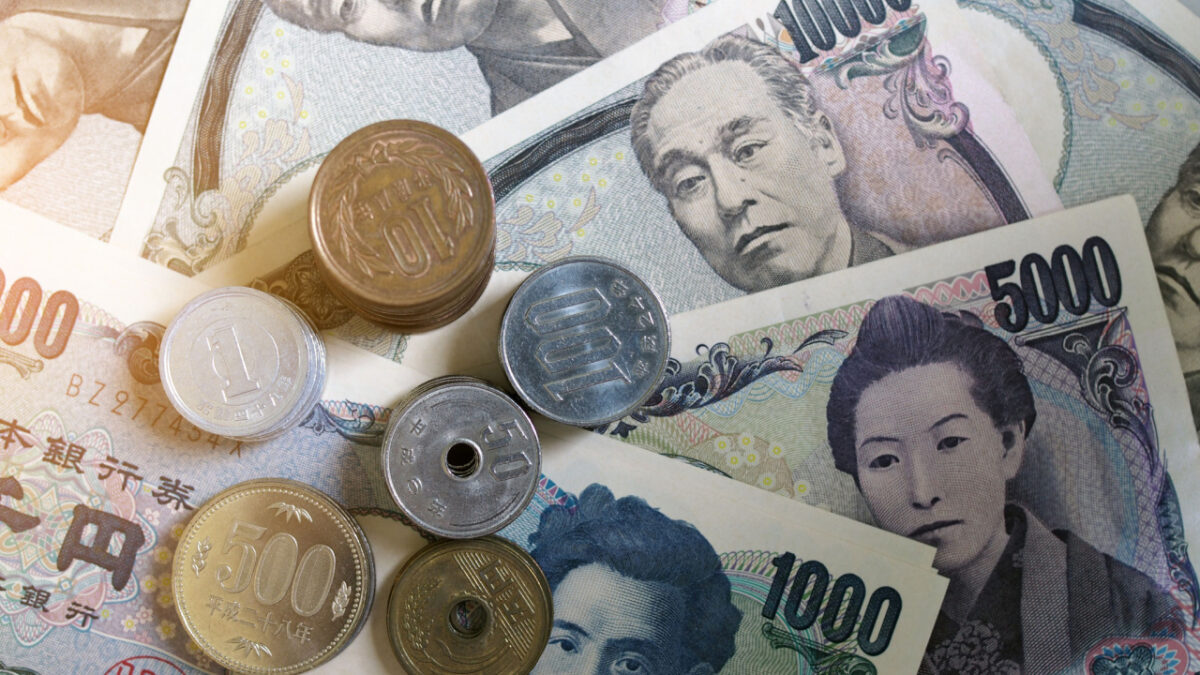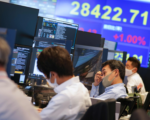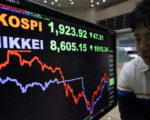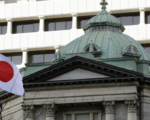Japan Likely to Continue Rate Hikes Despite Prime Minister Ishiba’s Dovish Comments

Following dovish remarks by Japanese Prime Minister Shigeru Ishiba, the yen plummeted sharply to 147.15 against the U.S. dollar, marking its steepest decline since June 2022. Despite this, market analysts maintain their expectations that the Bank of Japan (BOJ) will proceed with rate hikes in the longer term.
Prime Minister Ishiba, in a significant shift from his campaign rhetoric, stated, “I do not believe that we are in an environment that would require us to raise interest rates further,” after meeting with BOJ Governor Kazuo Ueda. Ishiba’s softer stance was surprising, given his past criticism of Abenomics, the aggressive monetary easing strategy promoted by the late Prime Minister Abe Shinzo.
However, economists like Stefan Angrick from Moody’s Analytics remain confident that the BOJ will hike rates again soon, citing optimistic economic outlooks from the September meeting minutes. Despite Ishiba’s comments, Angrick told CNBC, “My money is still on a rate hike in October.”
Bank of Japan’s Next Steps
The BOJ, which raised its benchmark interest rate to “around 0.25%” in September, its highest since 2008, is scheduled to review rates again on October 30-31. Although the futures market showed less than a 50% chance of a rate increase by year-end, expectations for further tightening remain strong among analysts.
Asahi Noguchi, a BOJ board member, stated that the central bank should maintain its accommodative policy in the near term, emphasizing the need to change public perceptions about future price increases.
Economic Context and Yen Weakness
Japan’s economy and inflation have developed largely in line with the BOJ’s expectations, but the yen’s persistent weakness complicates matters. Analysts are focused on how exchange rates, particularly the yen’s value against the dollar, will influence future BOJ decisions. Higher interest rates generally support a stronger yen, which can hurt Japanese exporters by making their goods more expensive globally.
The yen carry trade, in which investors borrow in low-interest yen and invest in higher-yielding currencies, has been a key factor driving currency volatility. When the BOJ raised rates in July, it triggered an unwinding of the carry trade, leading to a significant sell-off in global markets.
Ken Matsumoto of Crédit Agricole CIB suggested that a BOJ rate hike could happen as early as the January 2024 meeting, but noted that the upcoming General Election on October 27 could disrupt this timeline. A decision on further hikes may depend on the outcome of the election and its impact on fiscal policy.
Long-Term Outlook and Potential Delays
Some experts, like Mazen Issa of MRB Partners, are cautious about the exact timing of the next BOJ hike but agree that additional tightening is on the horizon. Issa remarked, “We would not rule out another rate hike by the end of this year, but if not, the BOJ will hike by early 2025.”
Nomura’s Yujiro Goto echoed a similar sentiment, suggesting that a December rate hike is still possible under certain conditions, including yen depreciation, a stable U.S. economy, and an avoidance of a hard landing in the U.S.
Fundamentally, Japan’s economic outlook remains tied to global conditions, particularly in the U.S. If the yen remains stable or strengthens, experts like Kazuo Momma from Mizuho believe that the BOJ could delay further rate increases until at least January 2025.
While Prime Minister Ishiba’s comments have shifted market expectations in the short term, the BOJ is still widely expected to stick to its long-term hiking cycle to address inflation and stabilize the yen. The timeline may vary depending on domestic political developments and the broader international economic environment.





















